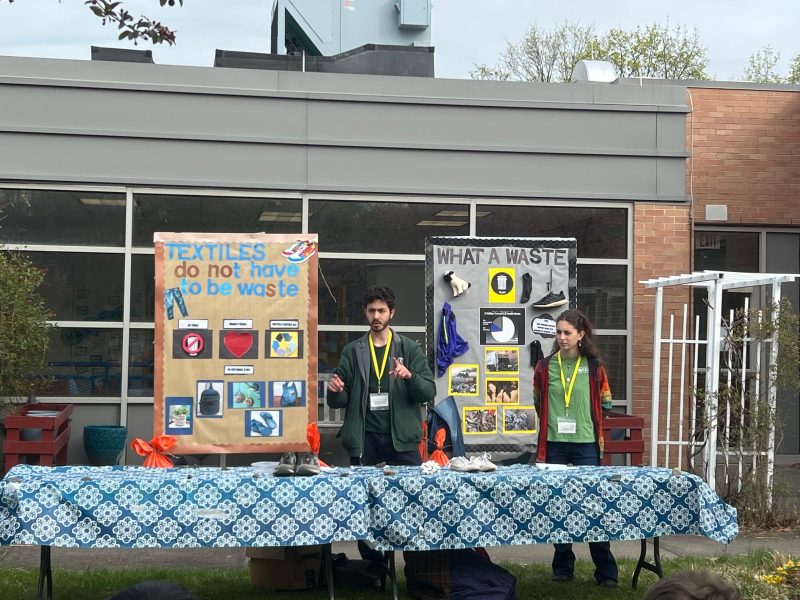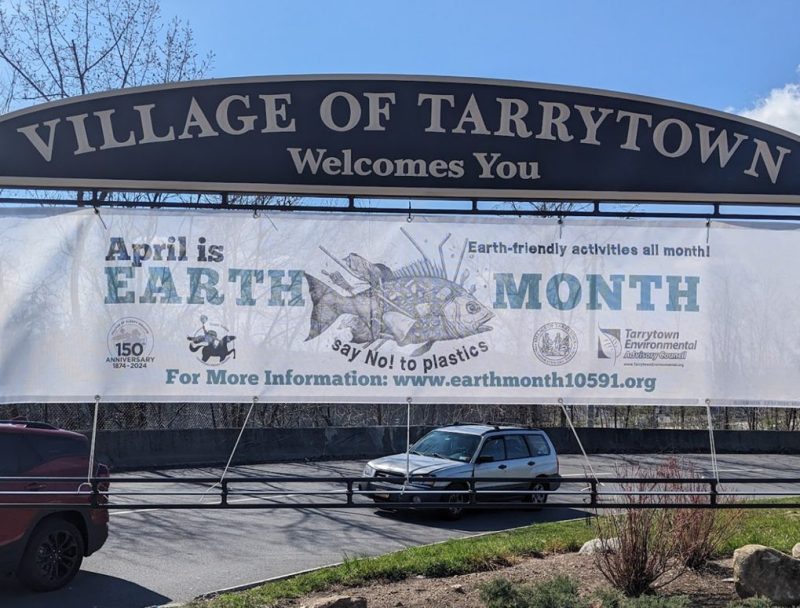Officials React to Criticism of Plans for East Parcel


by Robert Kimmel
Critiques of the plans for the former GM site’s East Parcel in Sleepy Hollow by two environmental organizations have drawn responses from Mayor Ken Wray and the Board of the Local Development Corporation (LDC), the lead agency responsible for the site’s development.
The 29-acre site was turned over to the LDC for the village’s use by General Motors as part of the arrangement that permitted the adjacent 78 riverfront acres to be sold by GM for what is now Edge-On-Hudson, the mixed-use development that is being built.
The two organizations expressing concerns about the East Parcel, Riverkeeper and the Pocantico River Watershed Conservancy, aimed their critiques at the Draft Environmental Impact Statement (DEIS) for the site completed by the LDC. A DEIS, required by New York’s State Environmental Quality Review, (SEQR), both identifies any environmental impacts caused by a development and describes plans to mitigate them.
Both Mayor Wray and the LDC Board disagree with many of the assessments by the two groups, and particularly the tone of the Conservancy’s comments, but indicate that a Final Environmental Impact Statement (FEIS) could address some of those concerns. The village and the LDC will also issue more formal, required responses in the weeks ahead, they stated.
The plan presented for the site includes a much-needed Department of Public Works facility, indoor and outdoor recreation facilities, pedestrian paths, and possibly a garage for the Tarrytown School District. The village is compiling the results of a questionnaire it distributed last month asking village residents for their choices. A proposed baseball field will probably be eliminated, but a skate board park taking up no more than an acre will likely be added, according to Wray.
In its comments, Riverkeeper, “…acknowledges that this is likely the final phase in a historic redevelopment on the Hudson River, and we support the redevelopment of this dilapidated industrial site.” Its caveat is that it be done in an “environmentally protective manner.” Riverkeeper notes that it has been engaged in developments on the site for over a decade and has “…consistently advocated for meaningful public access to the Hudson and Pocantico rivers, appropriate remediation of the site and the Hudson, and habitat restoration and stormwater mitigation that would increase the ecological, recreational, and aesthetic values of the site.
Riverkeeper is calling for a “…wetland buffer zone between the proposed project and the Pocantico River to the north of the site to increase the ecological value, including flood mitigation, at the site.” It questions the placement of parking areas and recreation fields and courts adjacent to the Pocantico River that “…would likely decrease the water quality and ecological function of the river…”
Summing up, Riverkeeper’s comments written by its staff attorney, Abigail M. Jones, claim that, “The DEIS failed to take a hard look at numerous potential adverse environmental impacts of the proposed project and also failed to consider reasonable alternatives or mitigation that could reduce those impacts.”
The disapproving comments from the Pocantico River Watershed Conservancy were submitted by its chairman, Nicholas Robinson, a law professor and Professor for the Environment at Pace University. He has been a past Sleepy Hollow Planning Board Chair. Robinson charges that with, “The Local Development Corporation as the new developer of the East Parcel, the village turns its back on its environmental conservation responsibilities to protect both the Pocantico River, for itself and as a tributary of the Hudson River.”
He wrote that, “… applicable environmental laws oblige the Village of Sleepy Hollow, and other governments, to manage this place in an integrated way, informed by sound scientific studies and knowledge,” adding that the procedures violate the spirit and letter of the environmental laws.” Robinson also charged that the DEIS for the East Parcel does not comply with the standards of the Special Use Permit issued by the Village outlining the sale of the entire GM property.
He also stated that the Special Use Permit calls for the restoration of part of the Pocantico River’s banks and its bed. Robinson asserted that the permit required “…the redevelopment of the shoreline with the participation of eight acres of lands that was allocated by GM to Historic Hudson Valley (HHV) to adapt and restore the River in line with an interpretation of colonial life…at the Upper Falls Philipsburg Mill site.”
In a letter to this newspaper, the LDC Board wrote that, “We can assure the public that a more thorough analysis and discussion of all issues raised by these Public Comments will be included in the Final Environmental Impact Statement (FEIS), but there are two important misrepresentations of fact, which require an immediate response.”
The letter continued that, “It has been argued that insufficient attention has been paid to the Pocantico River Estuary requirements found in the 2007 Findings. We can only assume that those making such arguments are unaware that in 2010, Judge Hubert of the NYS Supreme Court ordered those requirements stricken from the Findings, holding that “they did not serve to mitigate any potentially adverse environmental impacts caused by the project.”
The LDC also pointed out that Historic Hudson Valley “made no such public demand” on record for the eight acres Robinson said were to be turned over to it. “Changing program needs at HHV, led to a change in proposed use,” it noted. And the LDC Board Chairman, David Scroedel said that, “We think all of the things we are doing will dramatically improve the existing conditions of the Pocantico River.”
Both the LDC Board and Mayor Wray said the processes required to develop the DEIS were followed correctly. Wray commented that “…the Board of Trustees came up with a plan; we vetted it internally, and our engineers, planners, went over it– and as part of the process we put the plan out there to get public comment. We are supposed to get those comments back, both positive and negative. We are expected to absorb them, amend the plan and go forward.”
“The village is going to decide what we want there, and the LDC is going to build it,” the mayor said. “The LDC has been an amazing tool for the village. It is working at our direction.”
“There are really two things happening here,” Wray said. “One is the technical part. The LDC put out the DEIS, and they get the responses. We know the LDC has to respond to every substantive comment in writing. At the same time, the Village Board has its public hearings on the permit we will grant. Many people attended the public hearings, and the process has been very open.”
As for the criticism from Riverkeeper and the Conservancy, Wray said, “they are being considered….We are still in that process right now. We want to get as much input as we can before we start making our decision on what is going to happen there.”
Wray concurred with the LDC’s position that it is not responsible for certain mitigation regarding the Pocantico River, as claimed by the Conservancy. “I disagree and our lawyers disagree,” the mayor asserted. “First of all, the development is going to be better for the environment, better for Pocantico, than it is now. Right now the site is a slab, and the water that lands on it either runs off straight into the river or pools up on the site. It doesn’t get absorbed on the site. At least 70% of the water that lands on the site is going to be absorbed by the site, so it is going to be way better than it is now,” Wray said.
Read or leave a comment on this story... Print
Print
























